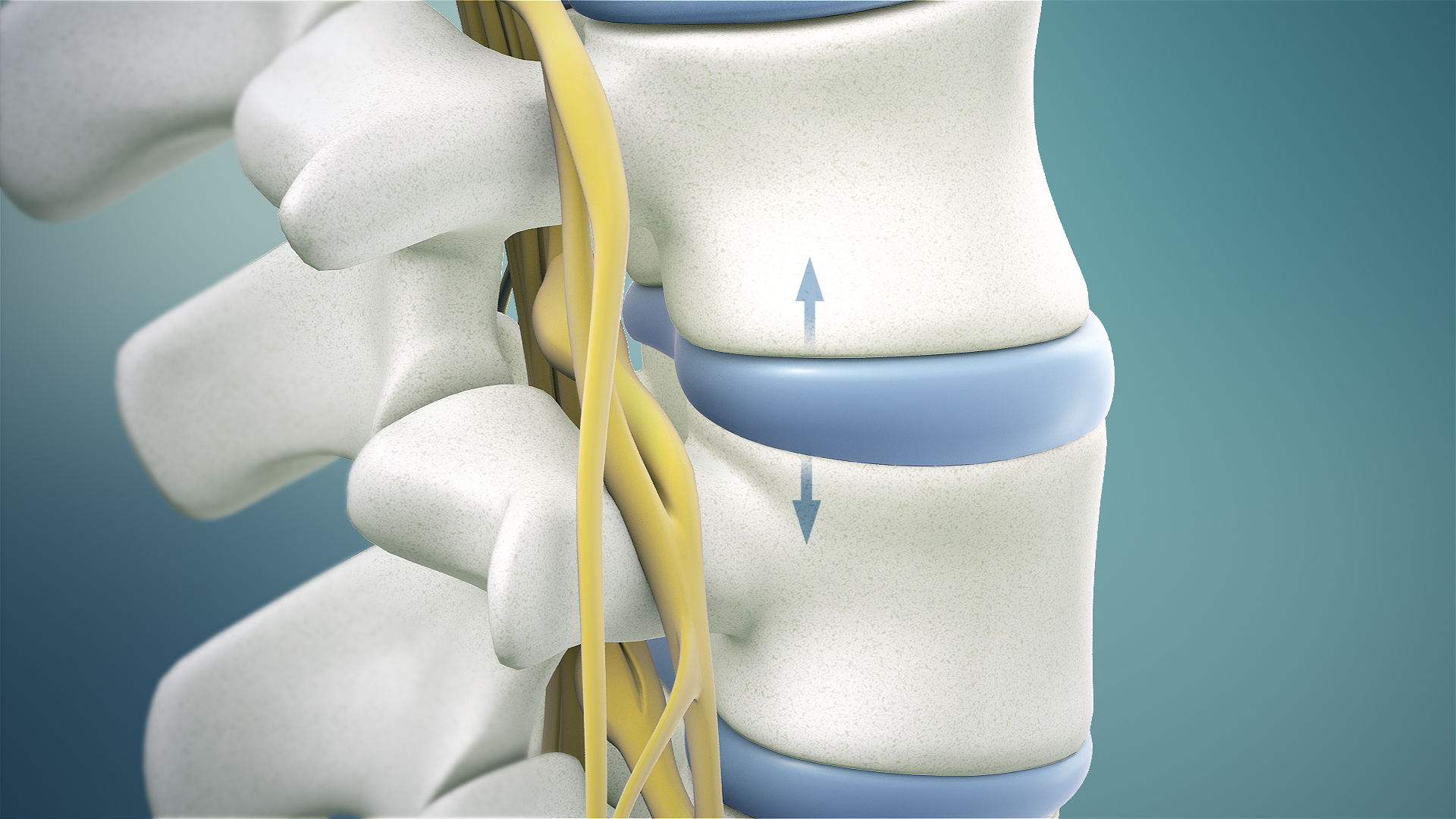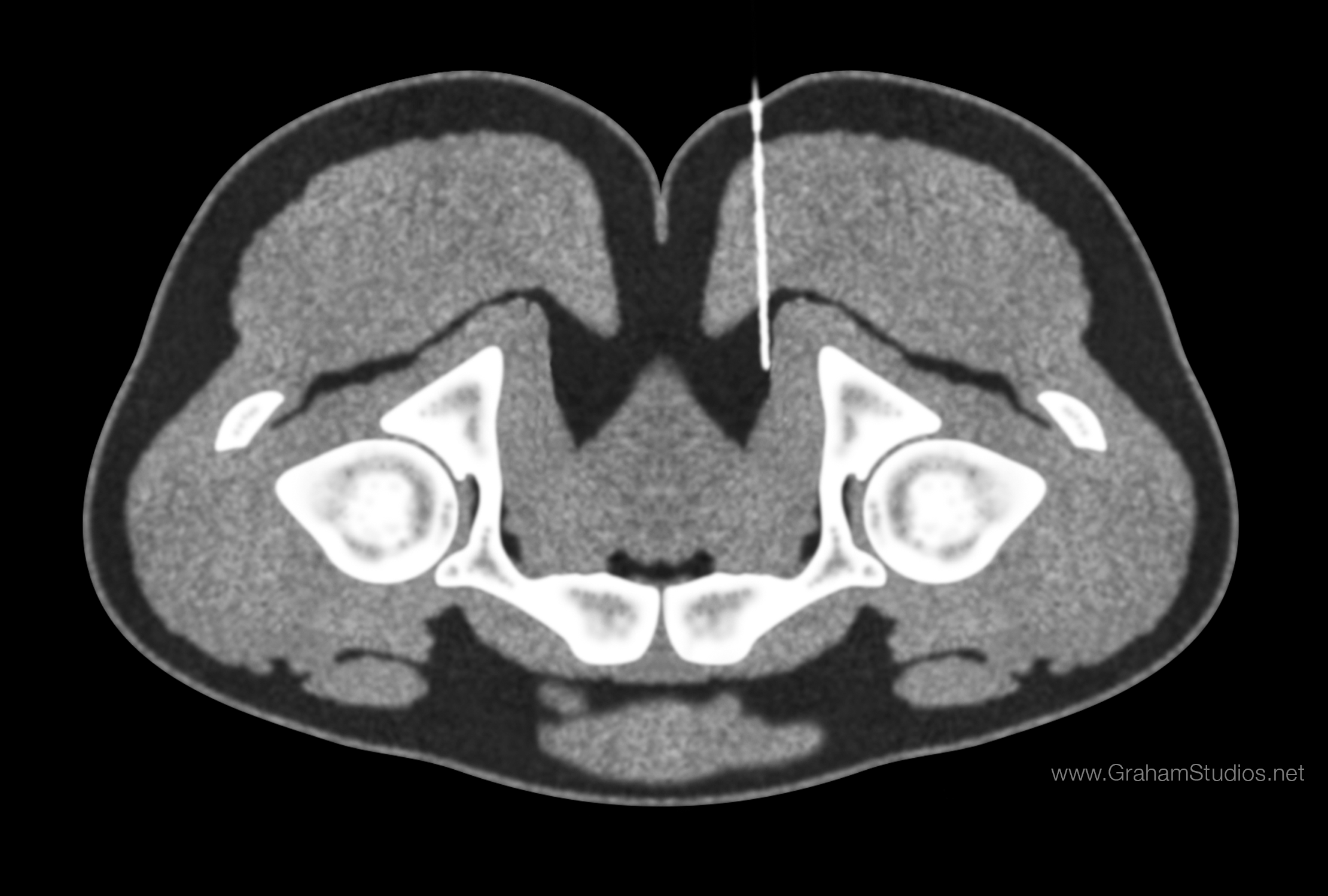|
Decompression (surgery)
In medicine, decompression refers to the removal or repositioning of any structure compressing any other structure. Common examples include decompressive craniectomy (removal of part of the skull to relieve pressure on the brain), a spinal decompression to relieve pressure on nerve roots, and a nerve decompression A nerve decompression is a neurosurgical procedure to relieve chronic, direct pressure on a nerve to treat nerve entrapment, a pain syndrome characterized by severe chronic pain and muscle weakness. In this way a nerve decompression targets the ... for peripheral nerve entrapments. References {{surgery-stub Surgical procedures and techniques Surgical removal procedures ... [...More Info...] [...Related Items...] OR: [Wikipedia] [Google] [Baidu] |
Decompressive Craniectomy
Decompressive craniectomy ('' crani-'' + '' -ectomy'') is a neurosurgical procedure in which part of the skull is removed to allow a swelling or herniating brain room to expand without being squeezed. It is performed on victims of traumatic brain injury, stroke, Chiari malformation, and other conditions associated with raised intracranial pressure. Use of this surgery is controversial. The procedure evolved from a primitive form of surgery known as trepanning. The older procedure, while common in prehistoric times, was deprecated in favor of other, less invasive treatments as they were developed; although it was still performed with some frequency prior to the twentieth century, its resurgence in modern form became possible only upon the development of precision cutting tools, cranial drills, and sophisticated post-operative care such as antibiotics. Results of clinical trials Reduction of intracranial pressure Though the procedure is considered a last resort, some evidenc ... [...More Info...] [...Related Items...] OR: [Wikipedia] [Google] [Baidu] |
Spinal Decompression
Spinal decompression is the relief of pressure on the spinal cord or on one or more compressed nerve roots passing through or exiting the spinal column. Decompression of the spinal neural elements is a key component in treating spinal radiculopathy, myelopathy and claudication. Surgical methods Decompression of nerve roots When a single spinal nerve root is compressed, the resulting clinical outcome is termed radiculopathy, and is usually labeled according to the specific nerve root compressed (hence compression of the nerve root exiting the spinal column below the left-sided pedicle of the L5 vertebra will be diagnosed as "left L5 radiculopathy"). Microdiscectomy (or microdecompression) is a minimally invasive surgical procedure in which a portion of a herniated nucleus pulposus is removed by way of a surgical instrument. The purpose of this procedure is to relieve the pressure and reduce the local inflammatory reaction around a nerve root, caused by the herniated nucleus pu ... [...More Info...] [...Related Items...] OR: [Wikipedia] [Google] [Baidu] |
Nerve Root
A nerve root () is the initial segment of a nerve leaving the central nervous system. Nerve roots can be classified as: * Cranial nerve roots: the initial or proximal segment of one of the twelve pairs of cranial nerves leaving the central nervous system from the brain stem or the highest levels of the spinal cord. * Spinal nerve roots: the initial or proximal segment of one of the 31 pairs of spinal nerves leaving the central nervous system from the spinal cord. Each spinal nerve is a mixed nerve formed by the union of a sensory dorsal root and a motor ventral root, meaning that there are 62 dorsal/ventral root pairs, and therefore 124 nerve roots in total, each of which stems from a bundle of nerve rootlets (or root filaments). Cranial nerve roots Cranial nerves originate directly from the brain's surface: two from the cerebrum and the ten others from the brain stem. Cranial roots differ from spinal roots: some of these roots do not separate into individual sensory (dorsal) and m ... [...More Info...] [...Related Items...] OR: [Wikipedia] [Google] [Baidu] |
Nerve Decompression
A nerve decompression is a neurosurgical procedure to relieve chronic, direct pressure on a nerve to treat nerve entrapment, a pain syndrome characterized by severe chronic pain and muscle weakness. In this way a nerve decompression targets the underlying pathophysiology of the syndrome and is considered a first-line surgical treatment option for peripheral nerve pain. Despite treating the underlying cause of the disease, the symptoms may not be fully reversible as delays in diagnosis can allow permanent damage to occur to the nerve and surrounding microvasculature. Traditionally only nerves accessible with open surgery have been good candidates, however innovations in laparoscopy and nerve-sparing techniques made nearly all nerves in the body good candidates, as surgical access is no longer a barrier. Surgical planning Surgical planning is distinct from diagnosis of entrapment. Diagnosis will focus on a binary decision: does the patient have entrapment or not? A diagnosis may ... [...More Info...] [...Related Items...] OR: [Wikipedia] [Google] [Baidu] |
Nerve Entrapment Syndromes
Nerve compression syndrome, or compression neuropathy, or nerve entrapment syndrome, is a medical condition caused by chronic, direct pressure on a peripheral nerve. It is known colloquially as a ''trapped nerve'', though this may also refer to nerve root compression (by a herniated disc, for example). Its symptoms include pain, tingling, numbness and muscle weakness. The symptoms affect just one particular part of the body, depending on which nerve is affected. The diagnosis is largely clinical and can be confirmed with diagnostic nerve blocks. Occasionally imaging and electrophysiology studies aid in the diagnosis. Timely diagnosis is important as untreated chronic nerve compression may cause permanent damage. A surgical nerve decompression can relieve pressure on the nerve but cannot always reverse the physiological changes that occurred before treatment. Nerve injury by a single episode of physical trauma is in one sense an acute compression neuropathy but is not usually inclu ... [...More Info...] [...Related Items...] OR: [Wikipedia] [Google] [Baidu] |
Surgical Procedures And Techniques
Surgery is a medical specialty that uses manual and instrumental techniques to diagnose or treat pathological conditions (e.g., trauma, disease, injury, malignancy), to alter bodily functions (e.g., malabsorption created by bariatric surgery such as gastric bypass), to reconstruct or alter aesthetics and appearance ( cosmetic surgery), or to remove unwanted tissues (body fat, glands, scars or skin tags) or foreign bodies. The act of performing surgery may be called a surgical procedure or surgical operation, or simply "surgery" or "operation". In this context, the verb "operate" means to perform surgery. The adjective surgical means pertaining to surgery; e.g. surgical instruments, surgical facility or surgical nurse. Most surgical procedures are performed by a pair of operators: a surgeon who is the main operator performing the surgery, and a surgical assistant who provides in-procedure manual assistance during surgery. Modern surgical operations typically require a sur ... [...More Info...] [...Related Items...] OR: [Wikipedia] [Google] [Baidu] |


